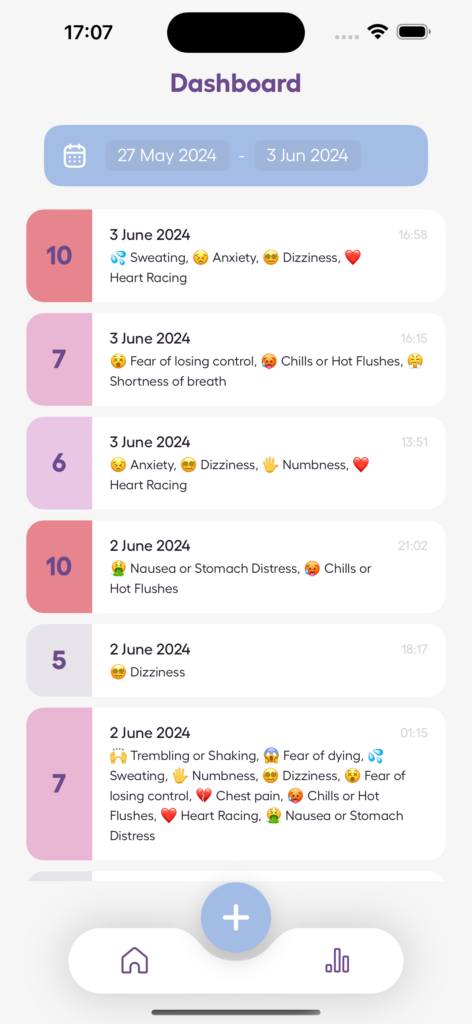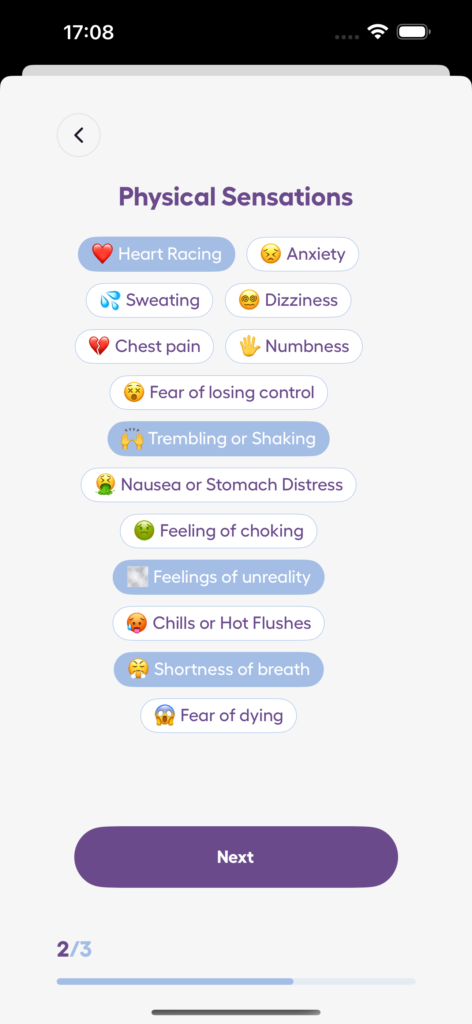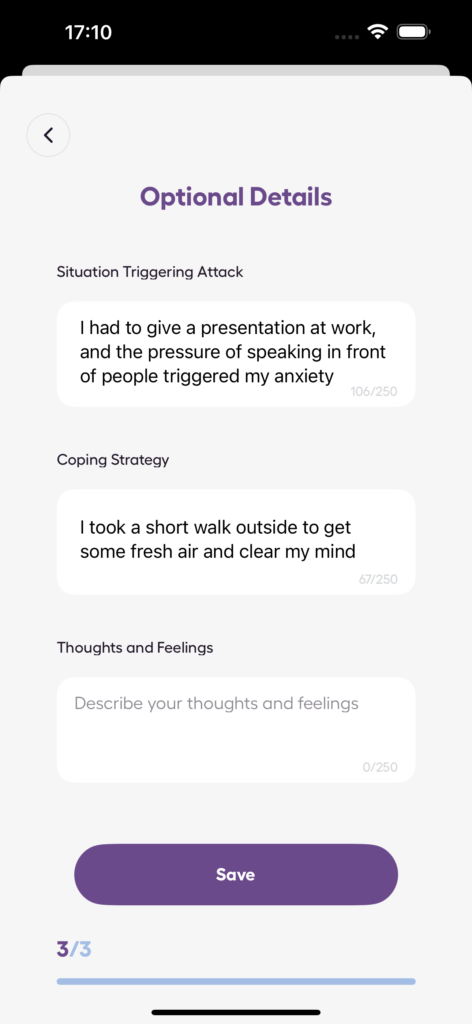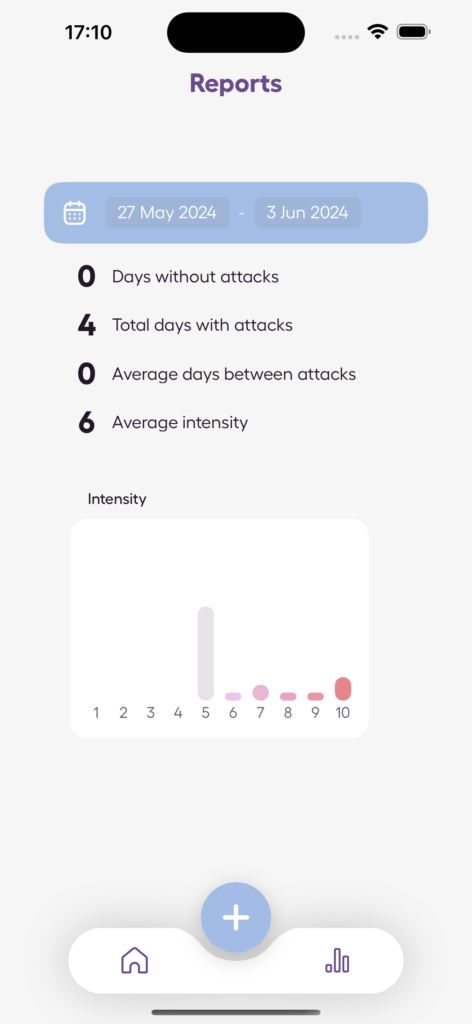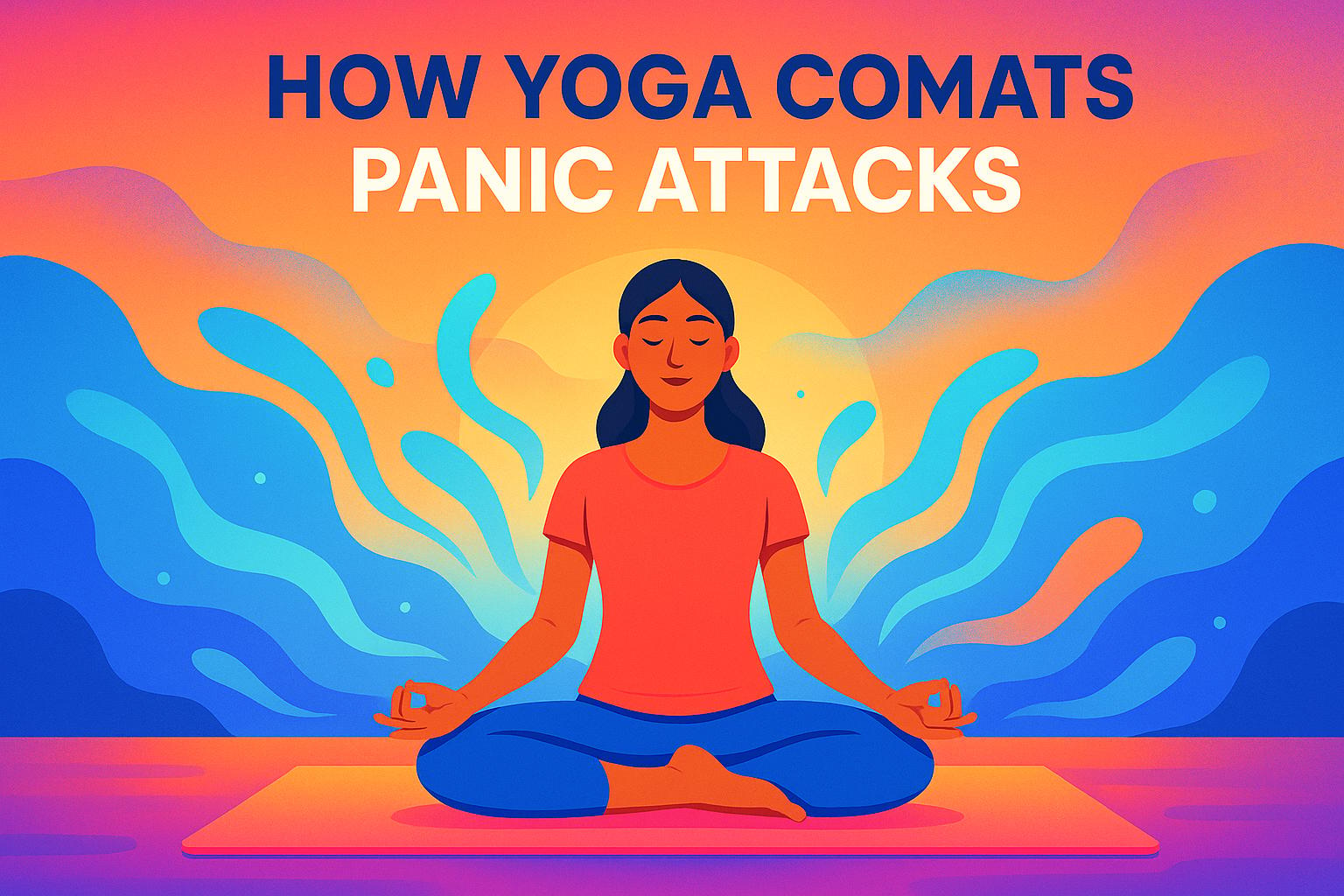Too much screen time is making teens more anxious. Cutting back can improve sleep, reduce stress, and boost mental health. Here’s what you need to know:
- Key causes of anxiety from screens: Social media pressure, disrupted sleep, constant alerts, and brain overstimulation.
- Benefits of less screen time: Better sleep, lower stress, improved emotional well-being, and healthier social connections.
- How to reduce screen time:
- Set device-free zones and tech-free times (e.g., no screens 1–2 hours before bed).
- Encourage activities like exercise, creative hobbies, and face-to-face interactions.
- Use tracking tools like the Anxiety Journal app to monitor screen habits and anxiety triggers.
Balancing screen use with healthier habits can help teens feel more in control and less anxious.
Screen Time and Teen Mental Health: Insights & Tips for Parents
How Screen Time Affects Teen Mental Health
Recent studies show a connection between extended screen time and increased anxiety in teenagers. As teens spend more hours on digital devices, the impact on their mental well-being becomes harder to ignore.
Screen Time and Anxiety: What the Research Says
Teenagers are especially susceptible to the effects of excessive screen use during their critical years of social and emotional growth. Their developing brains are particularly reactive to screens, especially in areas related to rewards and addictive tendencies.
Social media plays a major role in this issue, linking higher screen time with increased anxiety. Constant exposure to social comparison, cyberbullying, and the pressure to maintain an online image contributes to this mental health challenge.
Here are some key findings:
| Screen Time Factor | Mental Health Impact |
|---|---|
| Social Media Use | Triggers social comparison and FOMO (Fear of Missing Out) |
| Late-Night Screen Time | Disrupts sleep, leading to elevated anxiety |
| Gaming Sessions | Increases stress and fosters addictive behaviors |
| Content Overload | Causes information anxiety and reduces attention span |
These patterns highlight the need to understand why screens contribute to rising anxiety levels.
How Screen Time Contributes to Anxiety
Several factors explain why excessive screen use affects teen mental health:
Social Media Pressure: The curated, idealized content on platforms sets unrealistic standards, leading to self-doubt and insecurity.
Brain Development: Teen brains are more sensitive to overstimulation, which can interfere with emotional regulation and social development.
Sleep Issues: Using screens before bed disrupts sleep cycles, which is closely linked to heightened anxiety.
Constant Alerts: Frequent notifications and digital interruptions create stress and make it hard to relax.
To address these challenges, tools like the Anxiety Journal can help teens track their symptoms and identify how screen habits affect their mental health. By logging their experiences, teens can better understand their triggers and set healthier boundaries.
Using tools like the GAD-7 test allows teens and parents to measure anxiety levels and evaluate the success of screen time reduction efforts. This data-driven approach helps families make smarter choices about digital device use, paving the way for solutions that will be explored in the next section.
Benefits of Less Screen Time
Reducing screen time can play a big role in easing teen anxiety by improving sleep and encouraging better social connections. Limiting screen use in the evening helps boost melatonin levels, leading to deeper sleep and less stress.
Better Sleep and Less Stress
Avoiding screens before bed makes it easier to fall asleep and stay asleep. This not only helps with rest but also reduces stress, creating a positive cycle that supports emotional well-being.
Mental Health Boosts
When teens sleep better and stress less, their mental health improves overall. Spending less time on screens encourages face-to-face interactions and staying active, which helps with managing emotions, lowering anxiety, and increasing self-awareness. Tools like the Anxiety Journal’s Tracker app can be useful for tracking habits and linking them to improvements in mental health.
Setting clear boundaries around screen use and encouraging screen-free activities can help teenagers build habits that support lasting emotional and mental health.
sbb-itb-b1dedcc
Steps to Reduce Screen Time
Cutting back on screen time can help teens feel less anxious and more in control. Here’s how to make it happen.
Setting Rules and Limits
Create clear boundaries for screen use. For example, designate bedrooms and dining areas as device-free zones. You can also set a "tech sunset", where screens are turned off 1–2 hours before bedtime. Work together with your teen to set daily screen time limits, dividing time between homework, entertainment, and social media.
Activities Without Screens
Encourage teens to explore activities that don’t involve screens, such as:
- Physical activities: Go for a run, join a sports team, or try yoga.
- Creative hobbies: Paint, write, play an instrument, or start a journal.
- Social interactions: Spend time with friends in person, play board games with family, or join a local club.
- Mindfulness practices: Meditate, practice deep breathing, or take a walk in nature.
These activities can help shift focus away from screens while promoting relaxation and connection.
Using Screen Time Tracking Tools
Tracking tools can help identify patterns in screen use. For example, the Anxiety Journal app allows teens to log their feelings, track symptoms, and practice guided breathing exercises. By using tools like this, teens can see how their screen habits affect their anxiety levels. Regular tracking also keeps them accountable, making it easier to balance screen time with other healthy activities.
Conclusion: Taking Control of Screen Time
Managing screen time can play a big role in reducing teen anxiety. Studies show that adjusting screen habits has a noticeable impact on mental health. By using practical strategies and modern tools, teens can take steps toward feeling better.
Excessive screen use has been linked to higher anxiety levels. For example, the Anxiety Journal app tracks anxiety triggers, symptoms, and screen habits. With AI-powered analysis, it helps identify connections between digital behavior and anxiety, giving teens insights to make smarter choices. The app also includes guided breathing exercises for quick relief while encouraging gradual reductions in screen time.
Tracking both screen time and anxiety patterns allows teens to fine-tune their habits. Pairing this with screen-free activities and boundaries, as discussed earlier, provides a solid plan for managing both screen use and anxiety.
The goal isn’t to cut out screens entirely – it’s about finding a balance that supports mental health. With the right tools and consistent effort, teens can build a healthier relationship with technology and better manage their anxiety.
FAQs
What are some effective ways parents can help reduce their teen’s screen time to lower anxiety?
Reducing screen time can have a positive impact on teens’ anxiety levels, and parents play a key role in making this happen. Here are a few strategies to consider:
- Set clear boundaries: Establish specific time limits for screen use, especially during evenings or before bedtime, as excessive screen time can disrupt sleep and increase stress.
- Encourage alternative activities: Promote hobbies like reading, sports, or creative pursuits to shift focus away from screens and foster healthier habits.
- Model healthy behavior: Teens are more likely to follow suit when parents limit their own screen time and prioritize offline activities.
By creating a supportive environment and maintaining open communication, parents can help their teens strike a healthier balance with technology, ultimately reducing anxiety and promoting overall well-being.
How does the Anxiety Journal app help teens manage anxiety linked to screen time?
The Anxiety Journal app provides tools to help users monitor and manage anxiety, including features like detailed logging of anxiety episodes, AI-driven insights, and advanced stress and anxiety tests. Users can also benefit from guided breathing exercises and personalized reports to track progress over time.
These features make it easier to identify patterns and triggers, offering practical steps to reduce anxiety, including that which may be related to excessive screen time.
What are the long-term benefits for teens who reduce their screen time, aside from immediate anxiety relief?
Reducing screen time can have lasting benefits for teens beyond just alleviating anxiety in the short term. Studies suggest that limiting screen use may improve sleep quality, enhance focus, and foster healthier social interactions – all of which contribute to overall mental well-being.
By spending less time on screens, teens may also develop better coping mechanisms for stress and anxiety, which can lead to a more balanced and resilient mindset over time.


